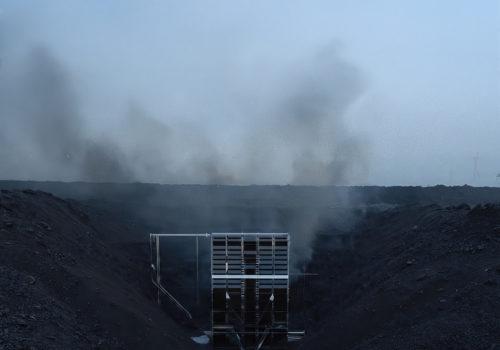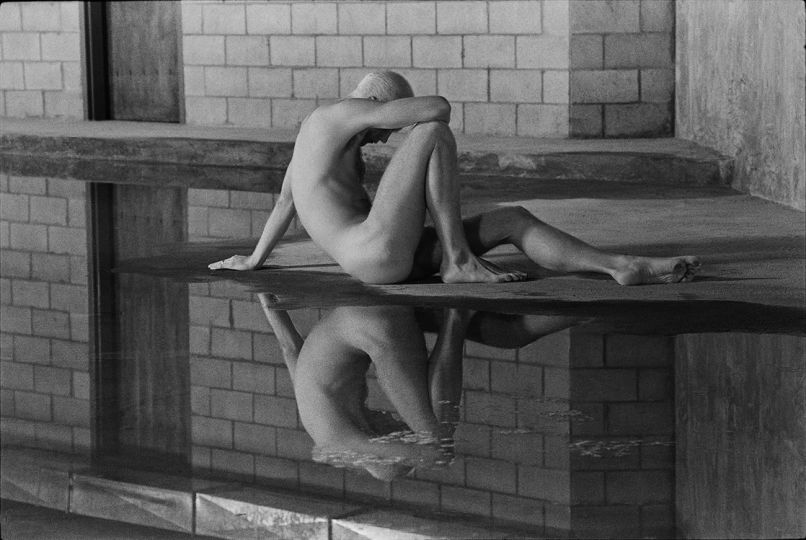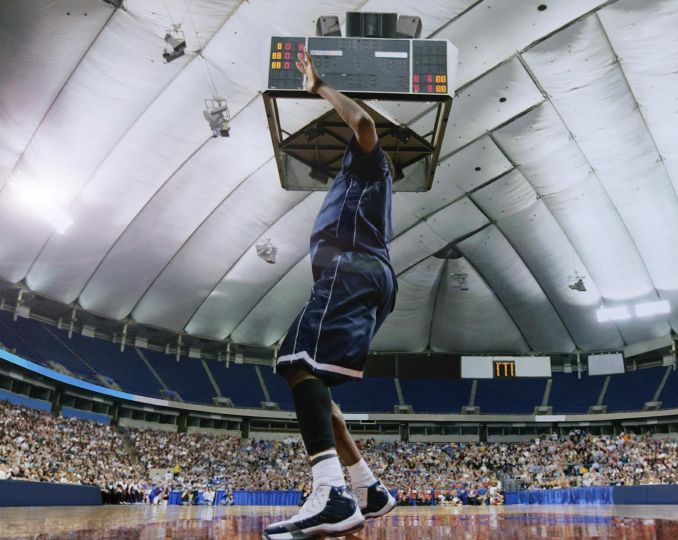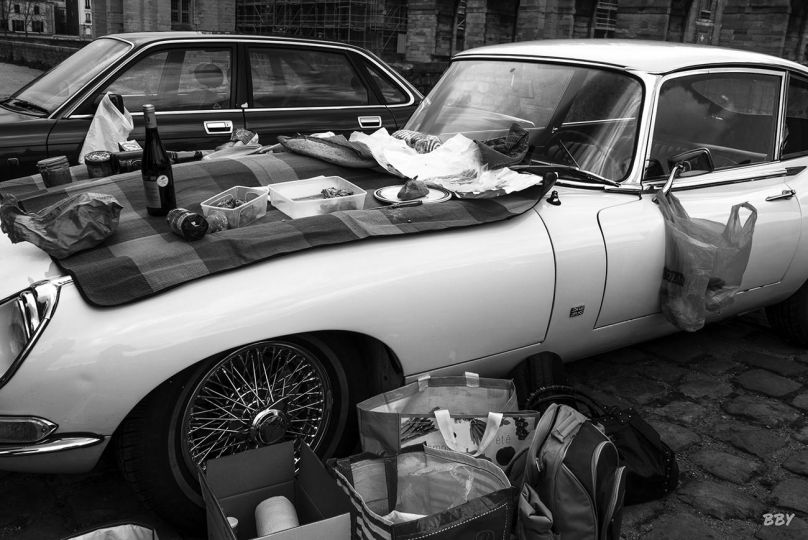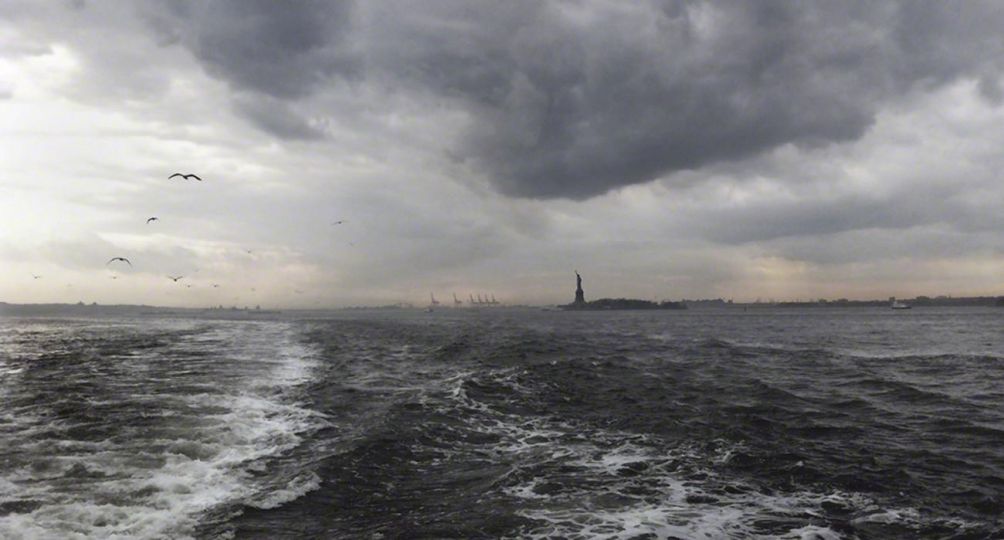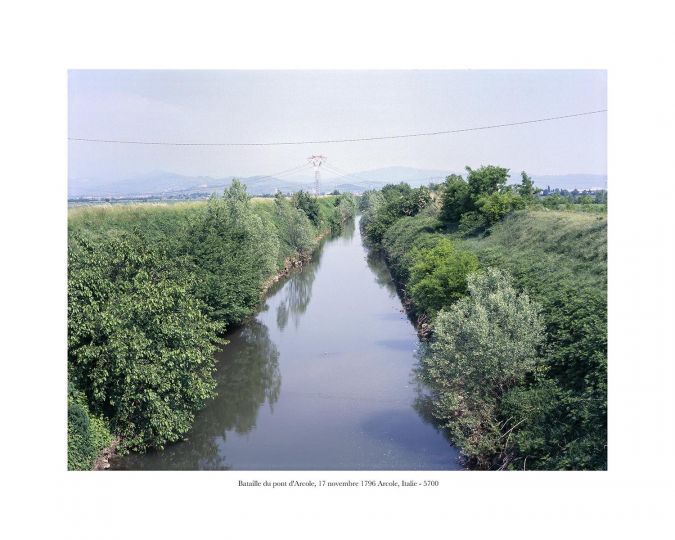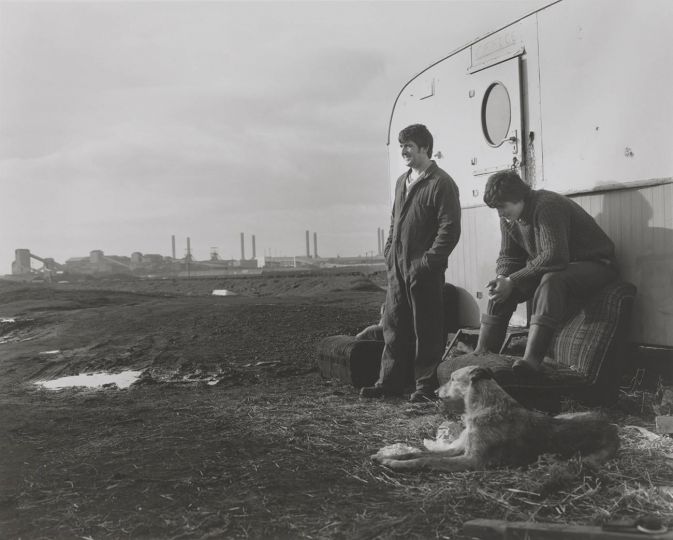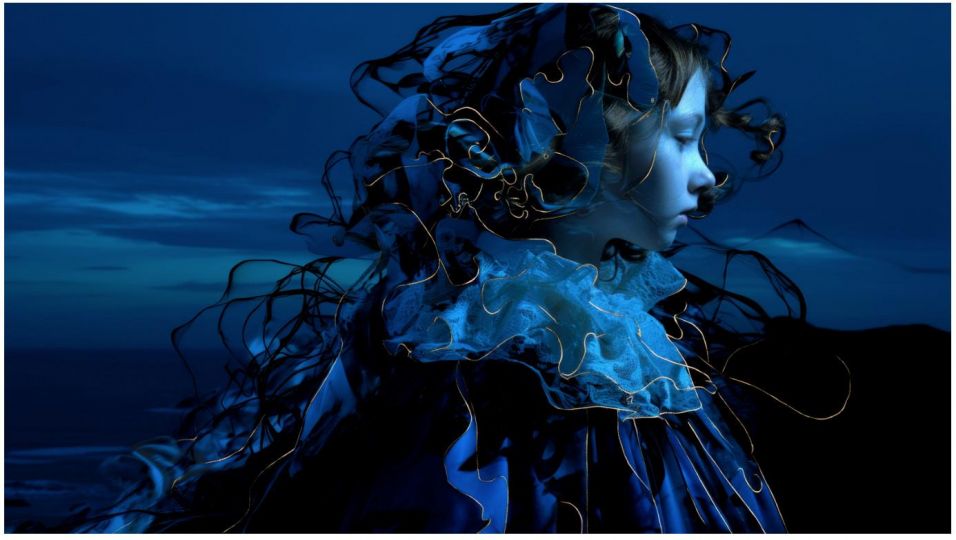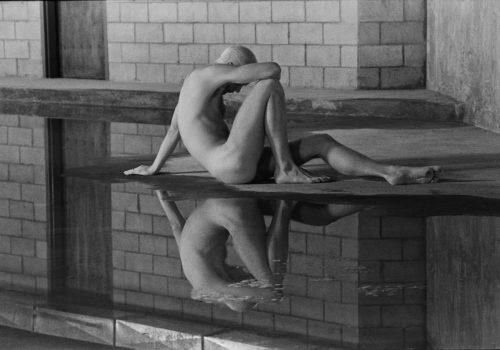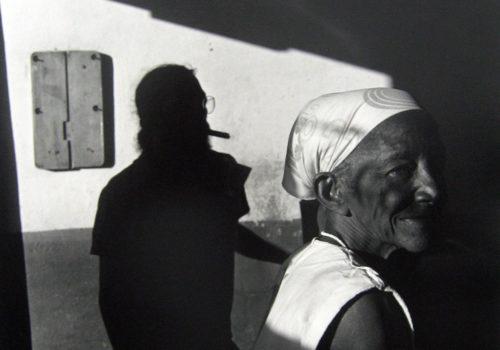The deployment of artificial intelligence in museum institutions is imminent, if not already effective. Feedback and conversation around this new technology in museum environment.
“In India, there are 1,200 museums, but above all there are more than 900 million Internet users,” says Dr Shah Feasal, deputy secretary of the Indian Ministry of Culture. “With conversational AI, we are trying to enrich the visitor’s journey by offering guided tours in all the country’s languages.” A vast challenge which is about to be realized, as India seems to be banking on AI in culture and wishes to be at the forefront of this international summit dedicated to Artificial Intelligence in Paris.
“AI is a fantastic lever for personalizing a visitor’s experience. AI adapts to their profile and makes it possible to provide them with relative knowledge,” explains Marion Carré, founder and CEO of “Ask Mona”, a company that offers artificial intelligence services in museums. It is in the process of setting up a partnership with OpenIA and the Château de Versailles for tours of the estate’s gardens, a real-time dialogue on visitors’ smartphones.
Technological laboratory
For its part, the Museum of Decorative Arts in Paris is banking on AI to digitize thousands and thousands of documents (drawings, posters, photos). “With traditional methods, it would take us 674 years to classify these documents” estimates Emmanuelle Bermès, educational manager for the master’s “Digital technologies applied to history” at the Ecole nationale des Chartes which is developing the TORNE-H project in partnership with the Museum of Decorative Arts and the support of the Ministry of Culture. She concludes: “AI allows us to do work that would be impossible to do if we didn’t have it.”
Similarly, Hugo du Plessix, independent exhibition curator, winner of the Mission Research Grant from the Friends of the Pompidou Center and founder of the u2p050 studio, calls for the museum to become a “place of critical thinking and a technological laboratory where AI can be deployed. » At the Pompidou Center, during the last exhibition devoted to Surrealism, the museum even used a deepfake, namely the voice of the poet André Breton who welcomed the visitor and which was entirely reconstituted by AI. “We are using an inhuman tool to talk about something human,” underlines Marcella Lista, chief curator at the National Museum of Modern Art Pompidou Center.
By Jean-Baptiste Gauvin

